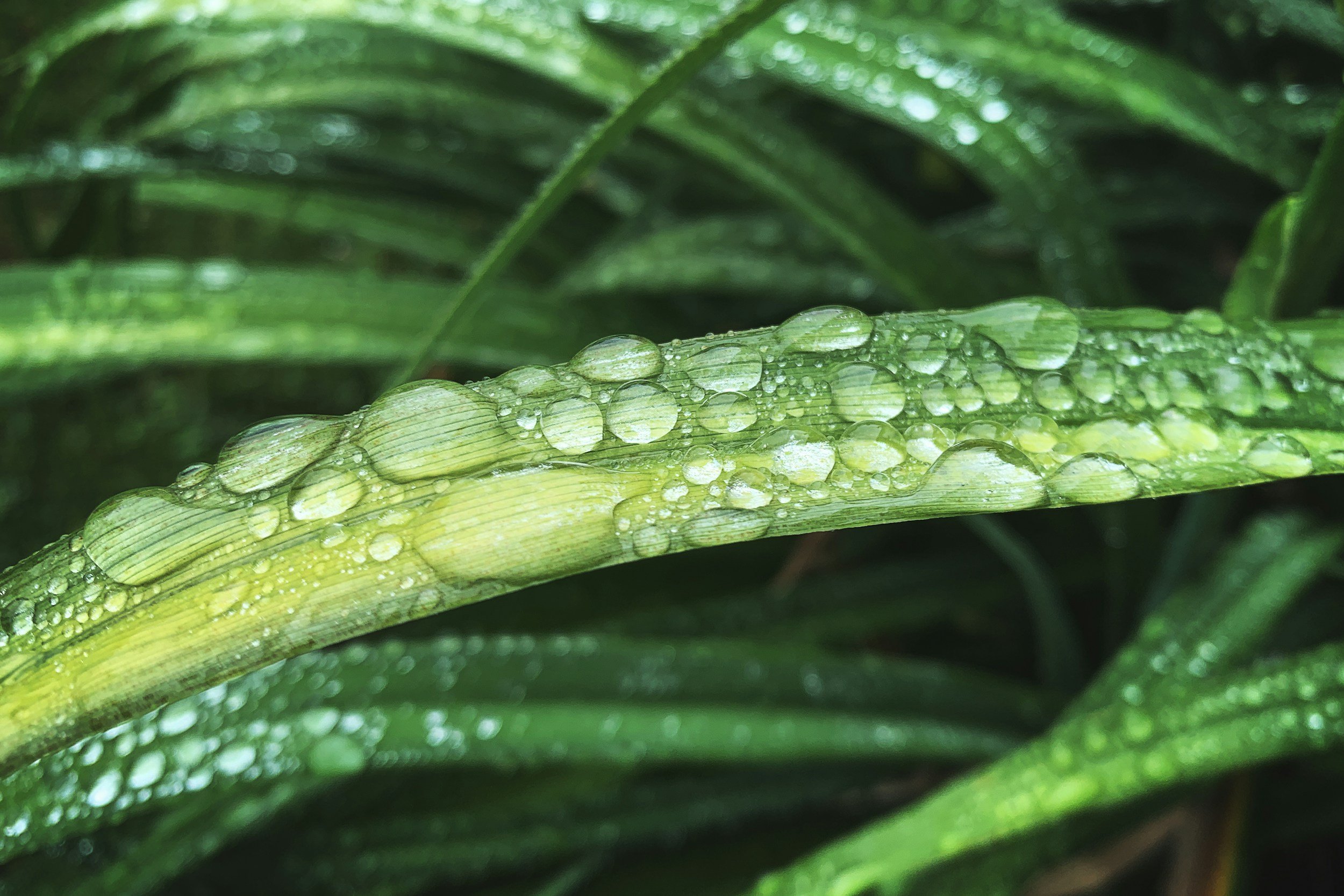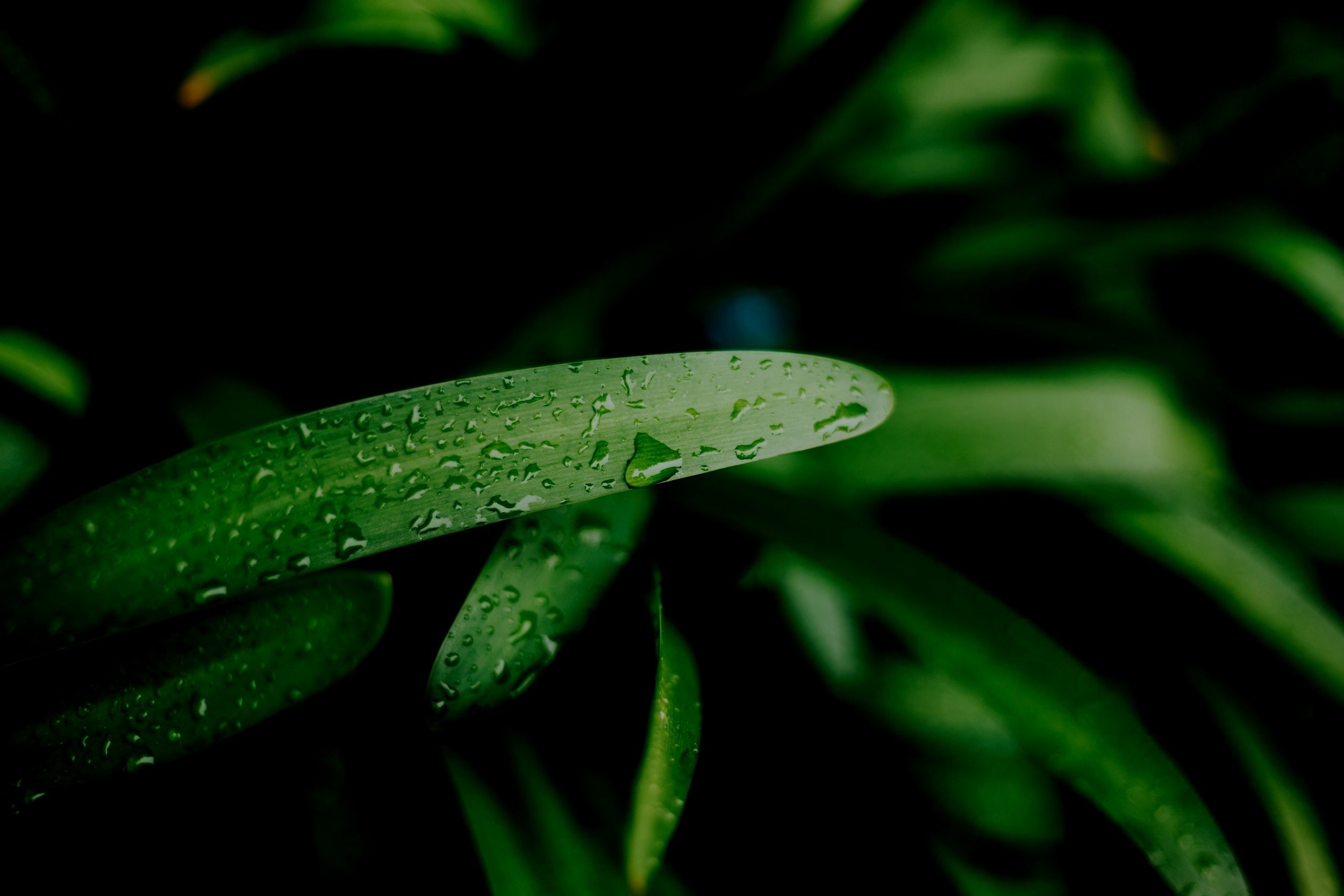
Caring For Your Palms
The green thumb guidelines
DID YOU KNOW?
Over watering in clay soil is the most common cause of death for a palm tree. This is because palms require well draining soil and if the soil does not drain, less water is required. Understanding your specific watering needs begins with knowing your soil type.
Scroll to learn more.
WATERING BY SOIL TYPE & SEASON
The lowcountry’s three most common soil types are clay, sand and fill. Knowing yours is not always obvious, as palm trees are planted three feet down in the strata where soil types can vary. A Palm Trees Ltd. specialist will help you identify your soil type and watering needs once the hole is dug during installation.
-

CLAY
Use 5 gallons of water per watering
Frequency: In spring, summer, and fall, at most, water 1 time per week. In winter, every other week.*
Too much water is the most common cause of death for a tree planted in clay, as it can take 5+ days to drain. It is imperative that the roots do not remain in standing water, which causes rot.
-

FILL
Use 7 gallons of water per watering
Frequency: In summer, water 4 times per week; in spring and fall, 2 times per week; in winter, 1 time per week.*
Fill has good drainage. However, it is imperative that the roots are not in standing water as they need time to dry out. If not, the roots will rot.
-

SAND
Use 12-15 gallons of water per watering
Frequency: In summer, water every day; in spring and fall, 3 times per week; in winter, 1 time per week.*
Too little water is typically the cause of death for a tree planted in sand due to the rapid drainage.
-
Date Palms
Sylvester Date Palms and Canary Island Date Palms require significantly more water than other varieties, following the same seasonal and soil schedule.
Sylvester: 5 gallons per foot of trunk Canary: 10 gallons per foot of trunk
_________________________
*Natural rainfall counts as a watering day. The seasons noted are based on sustained temperatures, so you need to adjust accordingly for temperature and not merely for the calendar.
WATER LIKE A PRO
Watering should always take place in the evenings and early mornings. When the sun is out, evaporation will work against water reaching the base of the root ball which is what your palm needs.
To properly water a newly planted candlestick palm, drip irrigation a few inches (no more than a foot) outside and around the base of the trunk.
For a refoliated tree, extend to 2 feet outside and around base of trunk.
Avoid spray irrigation as it will not penetrate three feet into the ground where palm roots are trying to establish themselves.

FERTILIZATION
The purpose of fertilizing isn’t to make your tree grow faster— it is to give it the proper nutrients and minerals it needs to stay healthy, just like people. One way to tell a palm is in need of fertilization is discoloration of the fronds. Follow these tips for fertilizing success:
Use six palm fertilizer spikes in each root ball for full size trees
Less fertilizer is required for smaller varieties
Be sure you are using palm specific fertilizer (we carry Lutz Palm Spikes, but any brand will do)
For freshly planted palms, wait at least 30 days before fertilizing, because the tree won’t soak any up as it is still undergoing transplant shock (see next section for more information on transplant shock)
If planted in the winter, wait until spring for first application
Fertilization Schedule: St. Patrick’s Day, Independence Day (optional), Labor Day (1/2 measure)
All newly planted palms will experience transplant shock during the initial 2-3 months. During this time, the fronds may experience some browning. Don’t worry! This is normal and will eventually pass with your fronds looking as good as green in no time.
It’s rare for a palm not to survive transplant shock. However, in the case that it does not survive, it’s typically indicated by bud failure, which can be observed by the center spear unable to hold itself upright.
There is no way to tell how long a palm will take to settle into its new home and push fronds. Generally, it will happen during its first year, which may include the following growing season after a winter of dormancy. Be patient and never hesitate to reach out to us!



